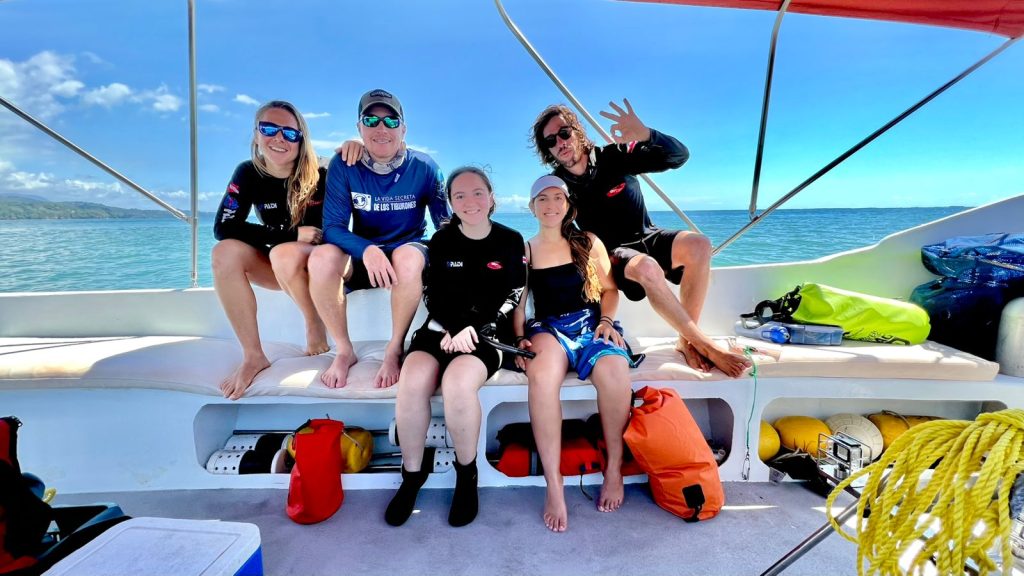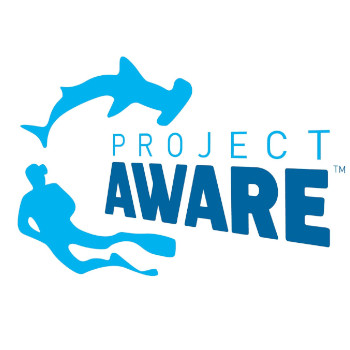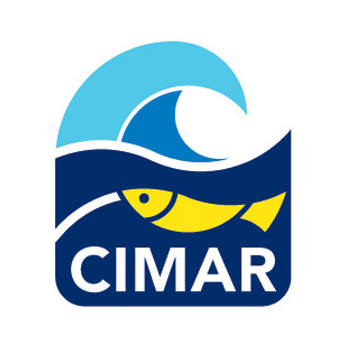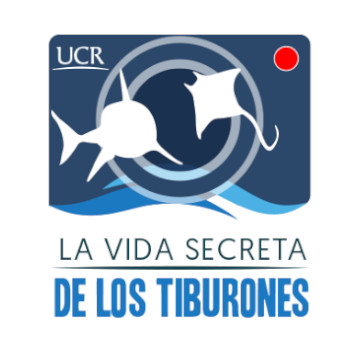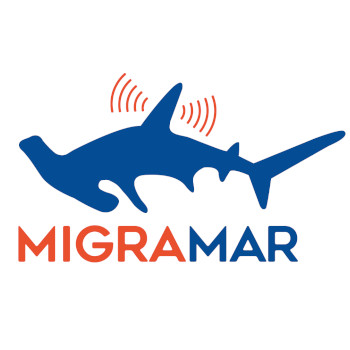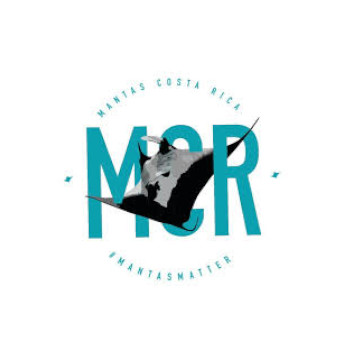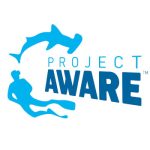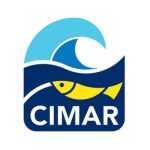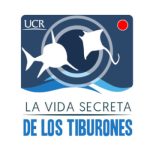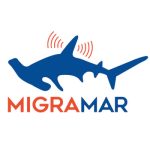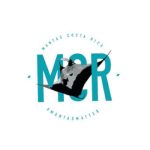Partnerships for Research and Conservation
We work closely with various institutions under a model where we provide logistics and equipment, while renowned researchers conduct fieldwork. Our goal is to gather scientific data to better understand the ocean and contribute to its conservation.
Our Commitment to Marine Conservation in Costa Rica’s South Pacific
At Costa Rica Dive and Surf, we believe that tourism and conservation must go hand in hand. We are proud to collaborate with scientists, NGOs, and universities on research and marine protection projects in Caño Island and Marino Ballena National Park.
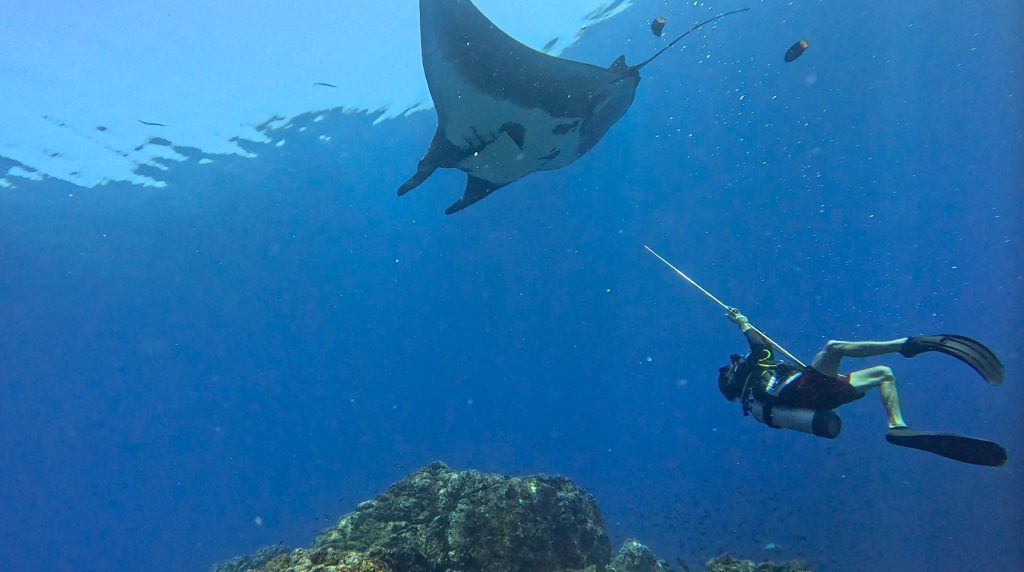
Additionally, we conduct beach and underwater cleanups as part of PADI’s Project AWARE, a global initiative to reduce marine debris and protect the ocean.
Below, we present the different efforts we support, highlighting our commitment to protecting marine ecosystems and advancing scientific knowledge.
The Secret Life of Sharks with the University of Costa Rica
We have been collaborating on The Secret Life of Sharks for seven years, making it the first project we joined. It had a profound impact on our lead biologist, Marta Cambra, who was captivated by its potential. She later based her master’s thesis on one of the techniques used in the project, establishing herself as a key reference in the field.
This project employs various research methods, with a primary focus on BRUVs (Baited Remote Underwater Video Systems). BRUVs are underwater cameras equipped with bait to attract and record marine life in their natural habitat. This non-invasive technique provides valuable insights into shark behavior, species diversity, and ecosystem dynamics, contributing to more effective conservation efforts.
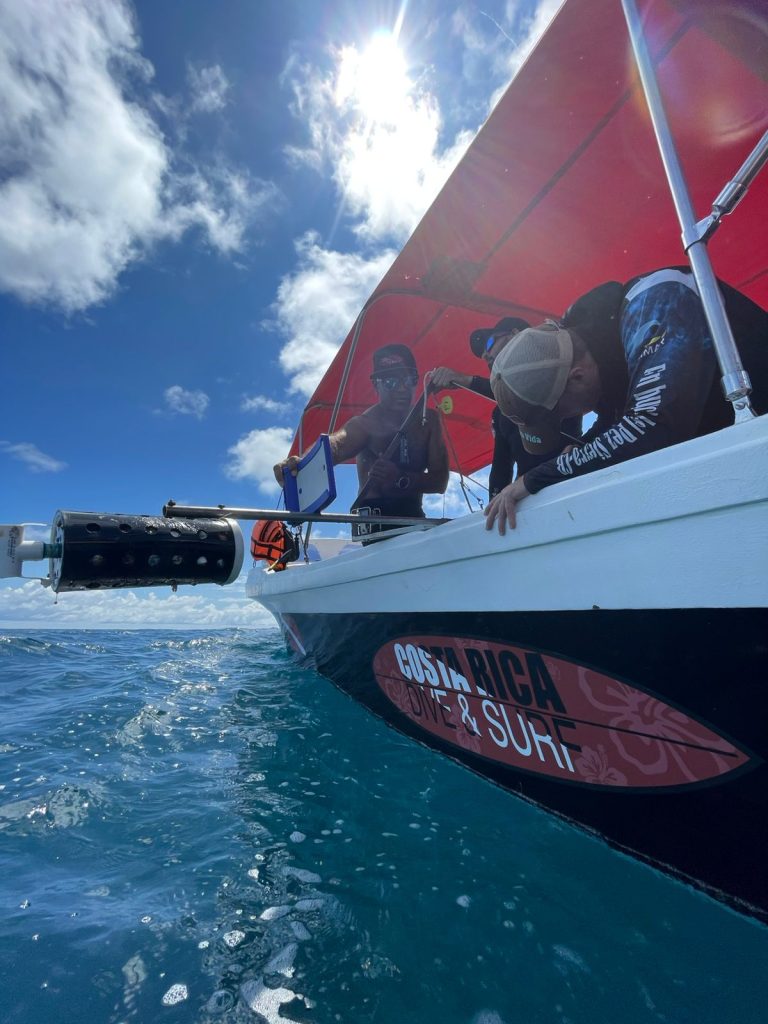
Our contribution:
BRUVs: A Challenging but Rewarding Technique
This method involves two distinct approaches: placing cameras on the seafloor for one hour or suspending them 10 meters below the surface in a line, supported by flotation buoys.
Operating BRUVs is complex—seafloor setups require precise placement and anchoring, while suspended cameras must be carefully monitored and retrieved.
The logistics and equipment involved make this technique demanding, but the results are exceptional. Capturing clear footage of marine life in its natural environment provides invaluable data, making every effort truly worthwhile.
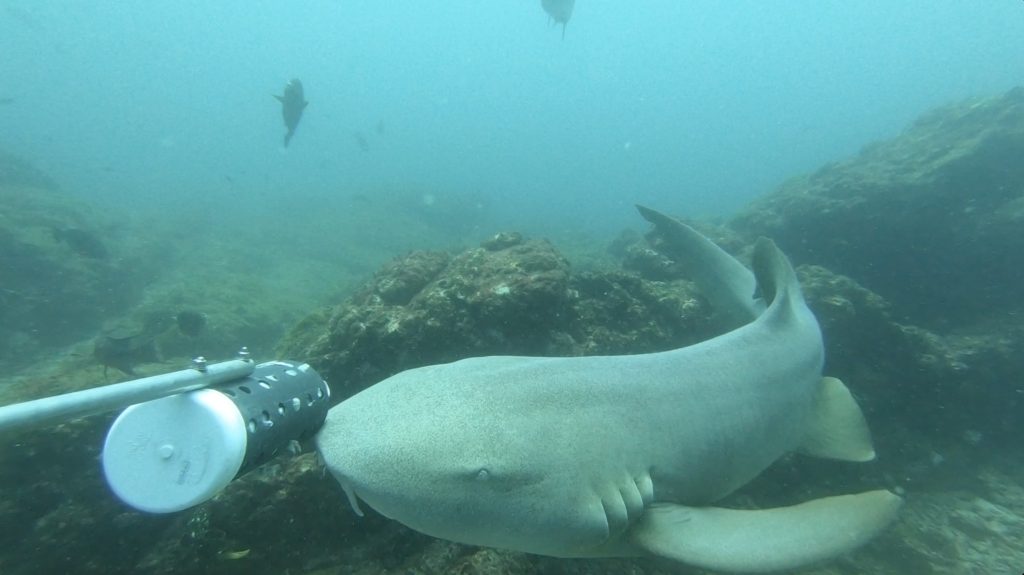
Acoustic Monitoring with Migramar
We collaborate in the deployment of acoustic receivers near Caño Island as part of a Migramar project. Migramar is a network of marine scientists dedicated to studying the connectivity of marine species in the Eastern Tropical Pacific.
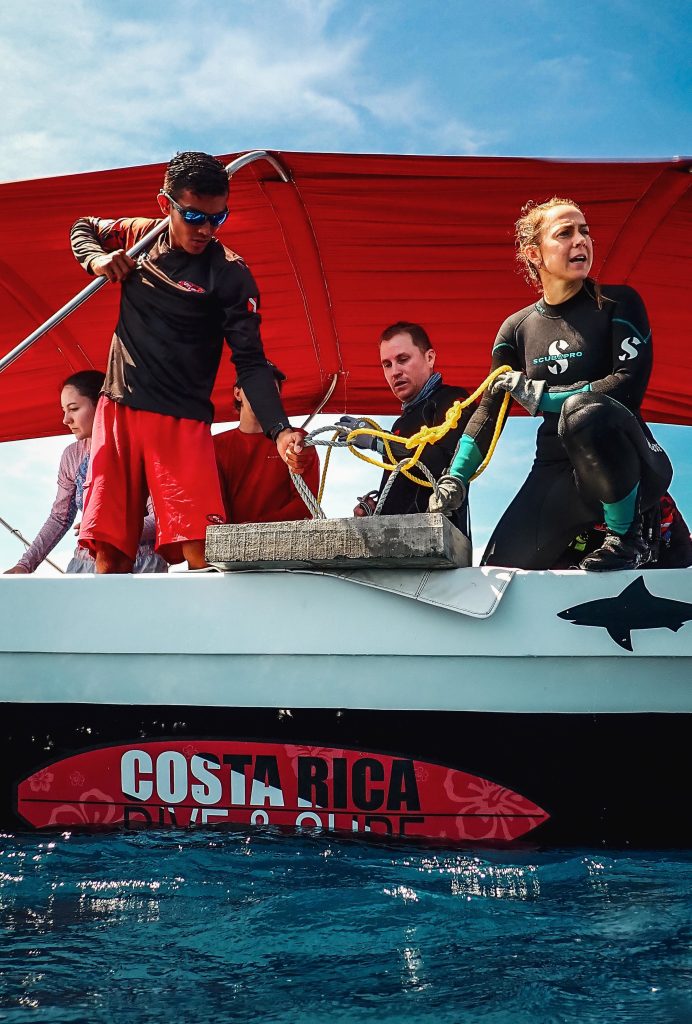
Our contribution:
Why is the placement of acoustic receivers important?
By tracking tagged animals, they map migration routes and demonstrate connectivity between marine areas. This data is essential for protecting key corridors and guiding conservation efforts.
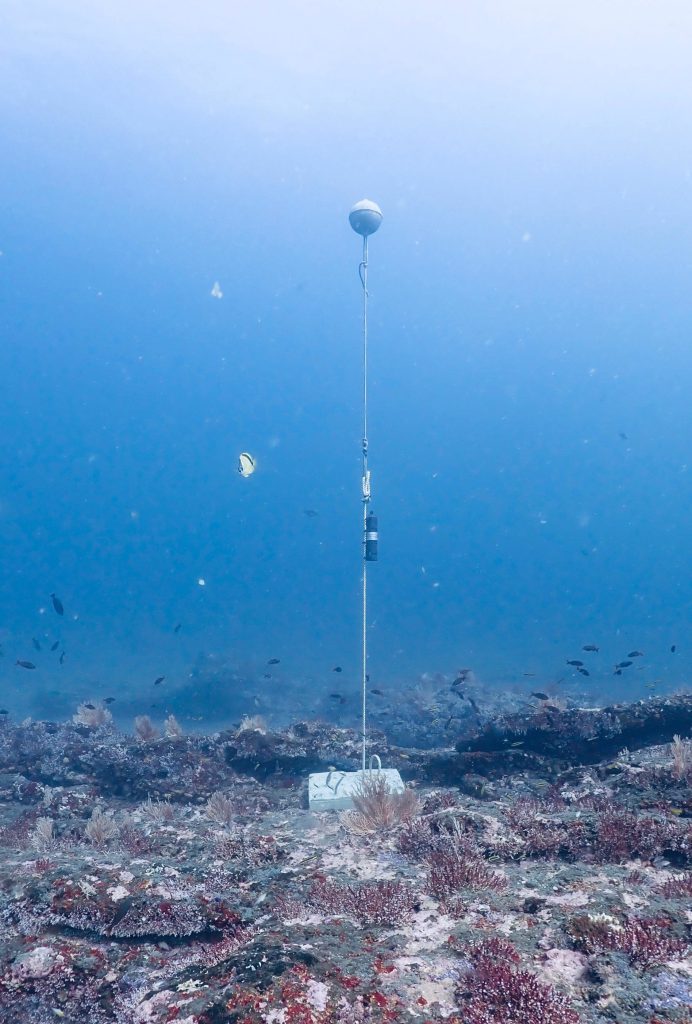
Manta Ray Research with Mantas Costa Rica
In partnership with Mantas Costa Rica, we have assisted in collecting tissue samples from these incredible animals.
Additionally, some of our staff have been trained in this technique, allowing us to contribute more effectively to the research.
We also take identification photos and help classify manta rays, supporting efforts to better understand and protect their populations
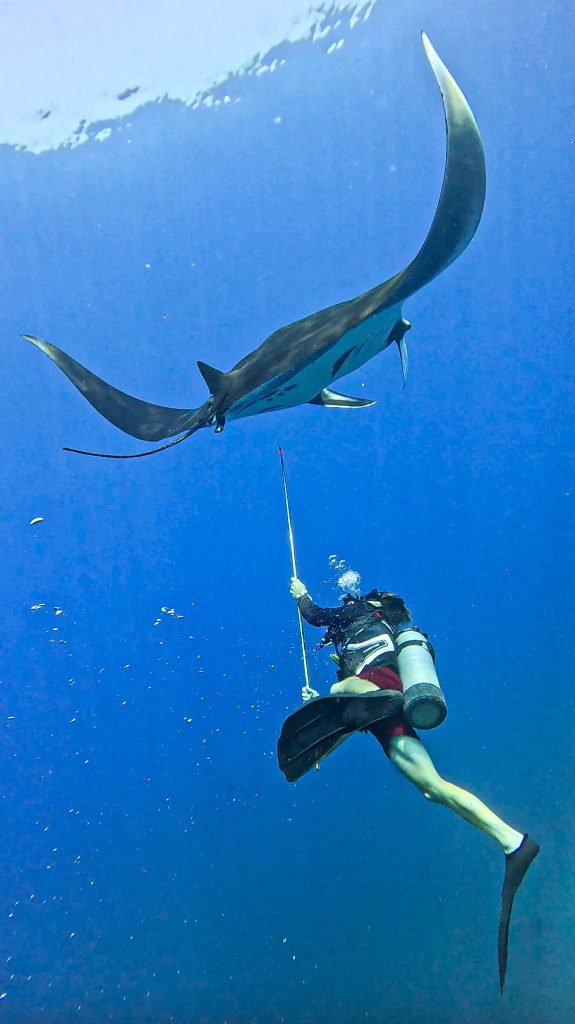
Our Contribution:
Beach and Underwater Cleanups
Beyond research projects, we actively work to protect marine ecosystems by organizing regular beach and underwater cleanups in Caño Island and Marino Ballena National Park. These initiatives help remove plastic, fishing gear, and other debris that threaten marine life.
By collaborating with volunteers, divers, and conservation groups, we contribute to keeping these fragile environments clean and healthy. Our goal is not only to reduce pollution but also to raise awareness about the importance of ocean conservation.

Key actions:
Tell Us About Your Project
If you have a research project you’d like to develop in Isla del Caño, let us know—who knows, we might become partners in conservation soon!
Understand to protect.
